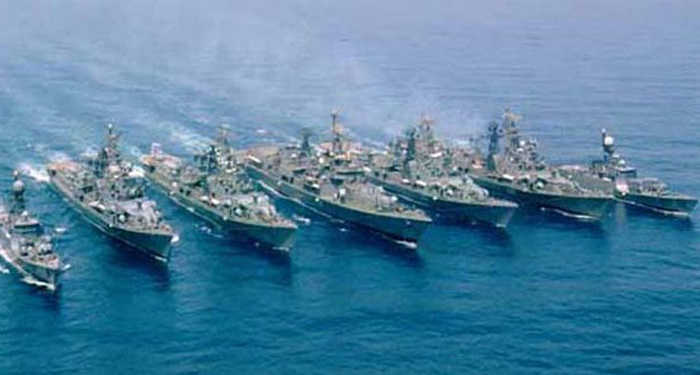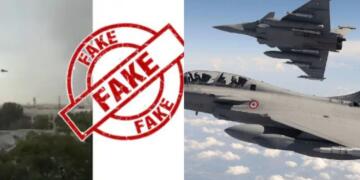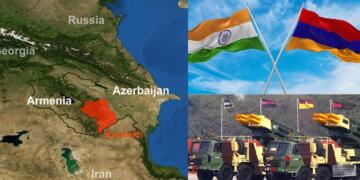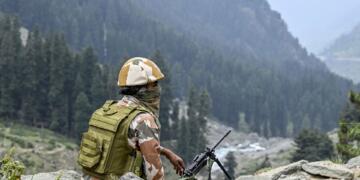Displaying stubborn behaviour even after their loss of face in Doklam last year, China went ahead and posted vessels in the Indian ocean for influence in the troubled island state of Maldives. But it was forced to retreat before a potential maritime clash with India became imminent, after threats from the Indian government.
China had sent several vessels, including missile destroyers, near Maldives apparently in response to a Maldivian envoy’s visit to Beijing on February 7th. Maldives, going through a political imbroglio under President Abdulla Yameen, has categorised China as its new best friend counting on its support in various spheres.
According to the reputed Japanese news agency Nikkei, when Chinese ships were around 30 nautical miles from Indian vessels on February 22nd, the Indian Navy threatened action- a warning shot and “war drill”—if they were to come within 20 nautical miles. The Chinese fleet retreated to the southeast, stopping 278 nautical miles away from the Maldivian capital of Male.
The Chinese misadventure was strikingly similar to its unholy advances in the Doklam region near Sikkim, where it had started building a road and was ready for a showdown with India. Finally, they were forced to stop their construction upon realizing that the Indians wouldn’t back down.
A fleet of destroyers and at least one frigate, a 30,000-tone amphibious transport dock and three support tankers entered the Indian Ocean, Chinese news portal sina had claimed. These claims were made without linking the deployment to the ongoing political crisis in the Maldives or giving a reason for it.
The president of Maldives (a predominantly Muslim nation of 400,000 people) Abdulla Yameen finally lifted the 45-day long state of emergency on March 22nd. India is believed to have worked with the US behind the scenes to bring the emergency to an early end. In the event of a clash between China and India, the US Navy was positioned to collaborate with their Indian counterparts by sending ships from Diego Garcia, a British-controlled island south of the Maldvies.
President Yameen imposed a state of emergency on February 5th for 15 days, following a Supreme Court ruling that overturned convictions against nine opposition leaders including exiled former President Mohamed Nasheed. He extended the state of emergency by another 30 days with parliament approval. The move elicited sharp criticism from the opposition and various countries including India and the US.
During emergency rule, the Yameen administration arrested former president Maumoon Abdul Gayoom, the Chief Justice, another Supreme Court judge and a Supreme Court administrator for allegedly attempting to overthrow the government. They have denied the allegations. Soon after, the remaining judges revoked the court order to reinstate 12 legislators, who had earlier been sacked for defecting to the opposition. President Yameen also stripped parliament off its power to impeach him.
The media too underwent intimidation and threats while reporting the developments. Independent news broadcaster Raajje TV went off the air on February 8th citing the “curtailing of the right to free media”, after which three of its journalists were arrested.
Yameen’s government retains a majority in the parliament in the absence of the opposition’s 12 MPs who were stripped off their seats by Yameen’s party for defecting last year.
Beijing is strategically trying to build trade and diplomatic ties with Maldives, an island which is close to the Indian mainland (barely 400 km away). President Yameen also signed up for Beijing’s Belt and Road Initiative to build trade and transport links across Asia and beyond. It is being understood that diminishing prospects of Chinese military support may have led to the withdrawal of the emergency by Yameen.


































